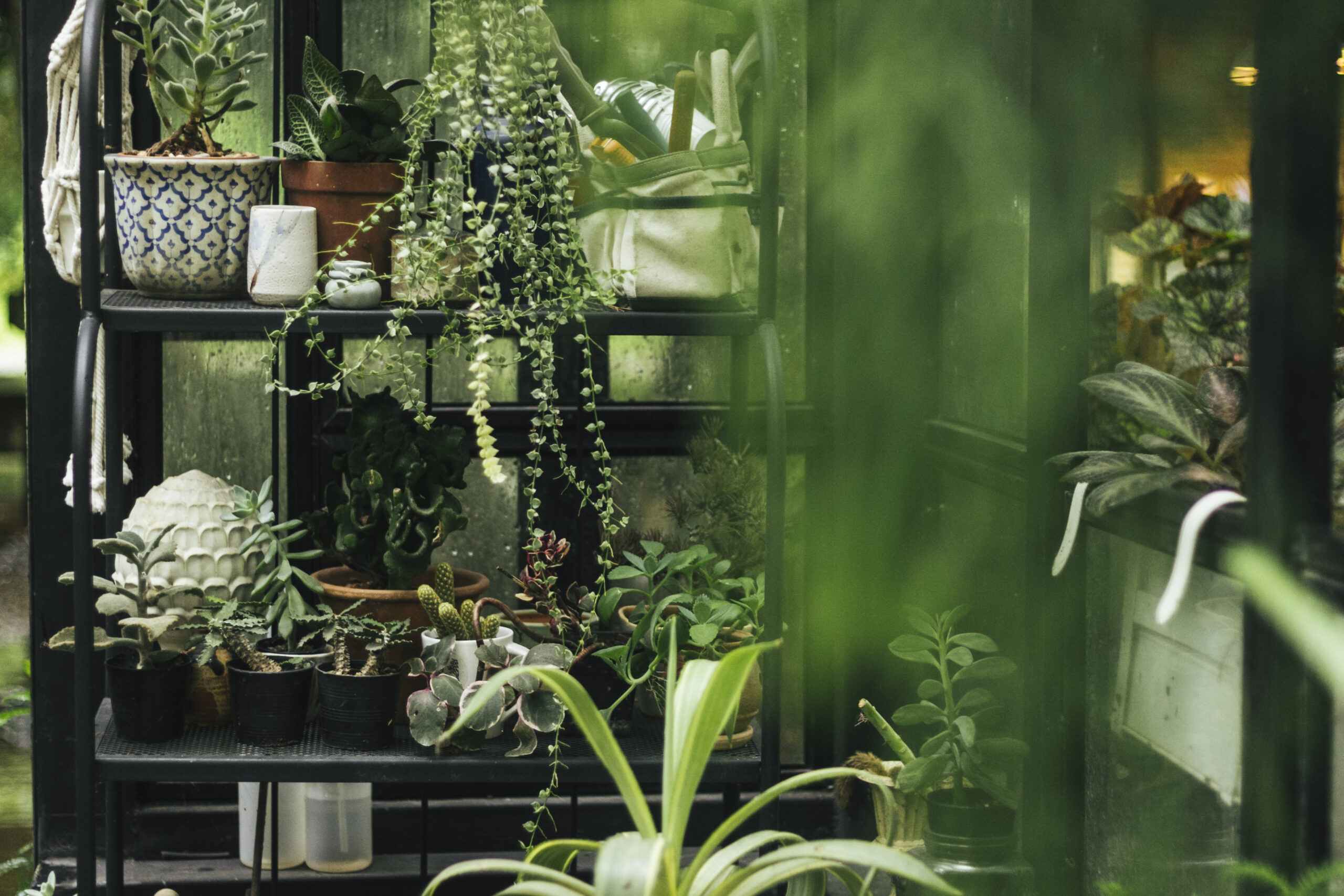In the heart of bustling cities, where concrete jungles dominate the landscape and the rhythm of urban life pulses incessantly, the creation and preservation of green spaces emerge as sanctuaries of health and harmony. These urban oases, ranging from sprawling parks to modest community gardens, are not mere embellishments to the cityscape. They are vital lungs of urban centers, offering respite to city dwellers and a host of ecological, psychological, and social benefits. The cultivation of these green spaces represents a collective endeavor to reintroduce nature’s balance into the urban equation, fostering an environment where both nature and humanity can thrive in symbiosis.
The significance of urban green spaces extends well beyond their aesthetic appeal. They serve as crucial havens for biodiversity, supporting a variety of flora and fauna amidst the urban sprawl. Moreover, these spaces act as natural coolants, mitigating the urban heat island effect caused by concrete and asphalt, and contribute to air purification, making the urban air more breathable. The environmental benefits, while profound, are just one facet of the multifaceted value these green spaces provide.
On a human level, urban oases are pivotal in nurturing community health and well-being. They offer serene settings for physical activities, from jogging and yoga to more leisurely strolls, promoting an active and healthy lifestyle. The therapeutic qualities of nature immersion are well-documented, with studies indicating that time spent in green spaces can significantly reduce stress, enhance mood, and improve overall mental health. These verdant havens provide a sensory escape from the urban cacophony, allowing city dwellers to reconnect with the calming rhythms of nature.
Moreover, green spaces are communal hubs, fostering social interaction and community engagement. They are settings where social barriers dissolve, where community events flourish, and where people of all ages and backgrounds come together, strengthening the social fabric of urban neighborhoods.
Cultivating these urban oases, however, requires a collective vision and effort. It involves thoughtful urban planning, community involvement, and a commitment to sustainable development. It’s about recognizing green spaces as essential components of urban infrastructure, as important to city life as roads and buildings. From rooftop gardens and vertical green walls to the transformation of abandoned urban areas into vibrant parks, the possibilities for creating green spaces in the city are as diverse as the cities themselves.
In conclusion, the cultivation of urban oases stands as a testament to the harmonious coexistence of nature and urbanity. These green spaces are not just patches of nature amidst the concrete; they are the heartbeat of urban centers, vital for environmental sustainability, human health, and the richness of community life. As we forge ahead in the urban age, the creation and preservation of these urban oases will be pivotal in shaping cities that are not only habitable but are also havens of health, harmony, and ecological balance.

